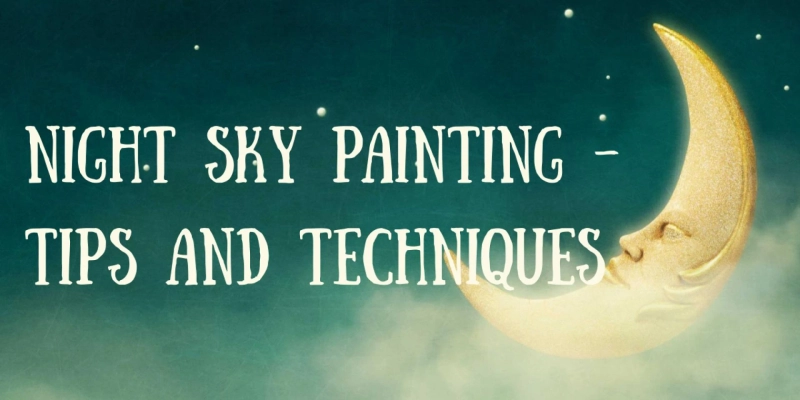Art has made great progress because of the versatility and diversity it offers. It has been the primary medium of displaying your inner self using physical and metaphysical elements. The most intriguing thing about art is that every individual related to it has an idea of his own about the structure and norms inside the field. This is what makes it beautiful. This is what makes it last for millennia.
If we talk about mediums and tools used by the artists, there was never a scarcity of ideas and their application. There are instances of using things on the surface that are not evenly remotely related to a brush or other pointing device. But the results were always mesmerizing because of the effect they have on the beholders.
In art, there are recurring themes that go with an artist or among the artists of an art movement. This helps the painters and artists to find their niche and then an angle that would help them define their work in a simple yet powerful manner. One of the most daunting themes in the history of art is that of the night!
From the earliest pieces to modern expressionists, you will find amazing specimens that have people in awe of the beauty and depth of the surface. From the psychological point of view, a night has many elements and effects on the spectator, depending on its angle and mental inclination. For some of them, a night is a terrifying void with no flicker of light, which could hint at hope. For others, it is too exciting and beautiful to let go and they find it appealing to probe into the darkness and look for things that are not seeable to a naked eye.
If you are a student of art who has just started painting, this is one of the most exciting things you can work on. It does not matter if you have learned some skills, painting a night sky will help you in honing your skills and make you a great artist.
Before we delve into the technicalities and practical tips on the subject matter, let us dig through the history and construction of night sky painting.
Early Renditions
Flight Into Egypt
Renaissance was the time that paved way for the modern world through its progress in science and arts. In this period, the earliest staggering work about the night sky. Named Flight Into Egypt, this was painted by Adam Elsheimer as oil on copper. The painting captures the biblical event where Joseph, Mary, and Jesus are seeking refuge from the possible persecution of Herod.
The painting in itself is a classic but the stroke of genius by the painter is how he balanced the values of light and darkness. He made it lit to make it visible but then darkens it to show a night as real as he could. The other elements of the painting such as trees and landscape are even darker than the sky. The moon is out and it is shining through the skies. The rendition is excellent in terms of the authenticity of the scene and the balanced use of color.
The figures in the painting are painted in light so that viewers can see easily. Another great stroke is how the stars in the dark region of the sky, away from the moon, are also visible – just like on a real night! In the backdrop of a darker landscape, this is painting at its finest.
Pro Tip: Aside from admiring this timeless classic, you can learn about how to balance out dark values and light values to create a lasting effect. This way, when you are painting a night sky of your own, you would have a clear layout of the light and dark values and their interplay.
The Meteor Of 1860
In the year 1860, two meteors were seen in the Hudson River area where a painter captured the scene in its painting called The Meteor of 1860. It was painted by Fredric Edwin Church!
He was a landscape painter so we can assume he had already ample experience in balancing values in a typical landscape painting. The event of meteors grazing through the skies in a novel procession was something that was not ignored at the time. Famous American poet Walt Whitman even mentioned the celestial procession in one of his poems. But here, we will discuss how the Church captured the phenomenon.
When meteors cross the sky from a lower height, they can illuminate the sky and even create an illusion of day on a night. This is exactly what is captured in the painting. The night sky is bright and illuminated because of the passing meteors, thanks to muted colors and perfect value balancing.
There is no competition about the focusing point of the painting. It is because the meteor is the most illuminated part of the painting and the rest of the elements going dark with the expanding shadows. The whole painting is done with saturated colors, with muted areas to bring out the desired effect. This makes the meteor “unmissable” while in the middle of toed down colors.
There are two main things to keep in mind while you are working on your night sky:
• It is so much about balancing light and dark values but it is not limited to that. A balanced approach helps you in dividing the focus between different elements like making the stars shine in the darker areas.
• The more subtle thing about the night sky is to balance saturated and muted colors. As an artist, your focus is to lead the viewers to the vastness and darkness of the sky and invite them to probe into the details. This means removing bright sections from the landscape or other parts that are not part of the sky.
Read more about Painting



